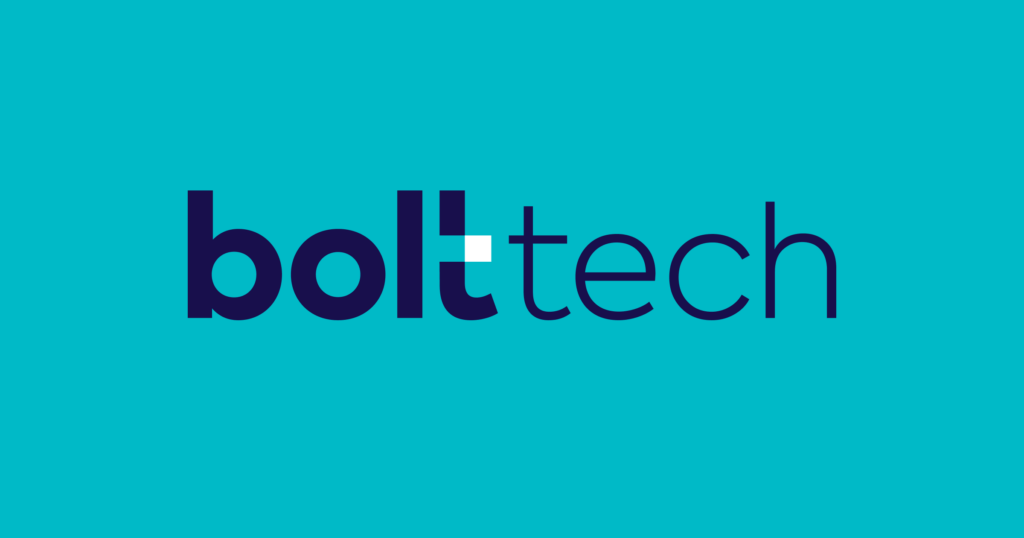What is Headless Architecture — And Is It Right for Insurers?

The term “headless architecture” first arose in the eCommerce world. Recently, however, headless architecture has become a topic of discussion for insurance.
The design of headless architecture makes it highly flexible, which allows insurers to customize their online presentation to customers while also managing information more easily. Done well, headless architecture can provide a more personalized customer experience while also automating routine tasks for staff and agents, freeing them to focus on each customer’s unique needs.
To make the right choice about headless architecture, insurers need to understand its basic structure, its applications and its pros and cons.
What is Headless Architecture?
In non-headless computer architecture, every function of a platform is connected to and relies upon every other function. Typically, these parts are built together as a single end-to-end platform. Building everything together ensures that front- and backend functions can communicate with one another, but at the cost of flexibility.
Headless architecture does away with the requirement that the customer-facing or frontend functions of a platform be built from the same piece with the backend functions like code and data. Instead, headless architecture connects these two ends together through the use of APIs, writes Ali Alkhafaji, Ph.D., chief technology officer at digital transformation consultancy TA Digital.
“When the site architecture is decoupled, it allows for any kind of frontend experience an enterprise brand can imagine — even multiple experiences,” writes Leigh Doyle at software development company Bold Commerce. Headless architecture also allows for more flexibility on the back end, which can help to address siloing issues.
Headless architecture got its start in eCommerce, where decoupling the site that customers visited from the ability to fulfill orders allowed brands to explore and innovate within both the customer experience and the work of fulfillment. The flexibility and opportunities offered by headless architecture soon piqued the interest of tech innovators in other fields, including insurance.

Uses of Headless Architecture in the Insurance Industry
In recent years, the insurance industry has developed a new focus on its customers. Insurers now seek to understand customer needs and expectations and to fulfill these in ways that feel increasingly personalized to each customer’s unique situation.
The rise of the Web and the virtual worlds it supports changed customers’ expectations of the insurance experience. “The connected world has given people infinite choice and total control over what they watch, read, interact with, and buy. We expect things to be tailored to our tastes and in the formats we prefer. That’s why it’s never been more important to know your customer and anticipate their needs,” says Emily Stovall, team lead at Meta.
Customers expect to be able to learn about new products, purchase at their convenience, and personalize their purchases, Stovall adds. These expectations apply whether the purchases in question are retail items or insurance policies. Headless architecture’s ability to create a wide variety of frontend experiences for customers thus lends itself as a possible solution to the insurance industry question of how to personalize customer experiences.
Headless architecture also plays well with microservices architecture, in which each function exists independently, communicating with all other functions via APIs, notes Rais Ahmed, senior director in the Capgemini Financial Services Global Business Unit. Flexibility in connecting various services and tools is a must for any insurer interested in building an online ecosystem that incorporates offerings from non-insurance partners.

Should Insurers Adopt Headless Architecture?
“The headless approach has a lot of upside and very little downside,” writes Alkhafaji. Yet for some insurers, the downsides are a deal breaker. Understanding the pros and cons is essential to making an informed decision about whether to use headless architecture or rely on a different approach.
Benefits of Headless Architecture for Insurers
For eCommerce, a major selling point of headless architecture is its ability to provide services quickly, to customers who expected instant responses and accurate personalization online.
For insurance customers who expect personalized services in the complex context of insurance coverage, headless architecture can improve how information is created, collected, analyzed and disseminated.
In a headless content management system (CMS), for example, content creation isn’t limited by what the platform can produce or manage. Rather, content can be created according to its own best organization and presentation, then adapted for various channels, writes Petr Palas, founder and CEO of Kentico Software. Similarly, other types of information within a headless architecture can be more easily adapted for various needs, eliminating the need to reformat or retype data in order to use it for new purposes.
For insurance carriers and agents, a headless architecture allows for greater responsiveness from IT teams, as well as the ability to manage and analyze customer data more efficiently and in more varied ways.
“The new [headless] website also gives us the possibility to introduce the most advanced analytical and optimization tools, which will definitely translate into the quality of reception by our clients,” says Filomena Hanas, digital transformation project leader at insurer Generali Poland.
Customers experience benefits from the implementation of better analytics tools in the form of improved personalization. Insurance carriers and agents experience benefits as well in the form of more accurate underwriting, targeted distribution, and the ability to focus on answering specific questions during the sales process.
Headless architecture can even help reduce certain digital security risks. “Since their content resides in a different location from their front-end delivery, headless can also help tighten security by reducing the exposure to third-party application issues,” says Jason Bahl, principal software engineer at WP Engine. Customers get the speed they want and the security they and their insurers need.
Challenges of Headless Architecture for Insurers
Much is made of the flexibility and speed of headless architecture. Realizing these benefits requires those who adopt headless architecture to face some challenges as well. Headless architecture may not be the right choice for every insurer.
For an insurer whose platform still works well, switching to headless architecture may be more trouble than it’s worth. Headless architecture is suited to addressing issues with latency and workflows, but if these problems aren’t manifesting in an existing platform, the headless architecture approach “would probably just add confusion to the conversation,” says Brian Anderson, founder and CEO at headless commerce platform Nacelle.
Headless architecture doesn’t eliminate platform complexity; it merely changes where that complexity occurs. “The adopters of headless commerce are typically bigger enterprises with larger development and IT teams along with a DIY attitude,” writes Jon Feldman, director of product marketing at Salesforce. Creating a reliable front and back end that are separate yet can communicate well represents a significant investment of time and effort. Consequently, it’s not the right choice for every organization.
Headless architecture won’t be the right choice for every insurer. Its benefits, including flexibility and customization, must be weighed against the challenges it presents, including investment of time, effort, and resources. Understanding the pros and cons as they apply to specific business processes and goals is an essential first step toward placing headless architecture in context within an insurance organization.
Images by: mavoimage/©123RF.com, milkos/©123RF.com, stnazkul/©123RF.com
Further Reading
Featured
 18 June 2024
18 June 2024
 15 August 2024
15 August 2024
 1 July 2024
1 July 2024
